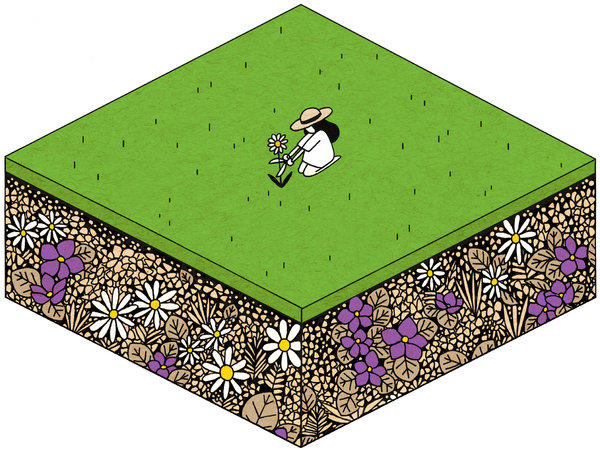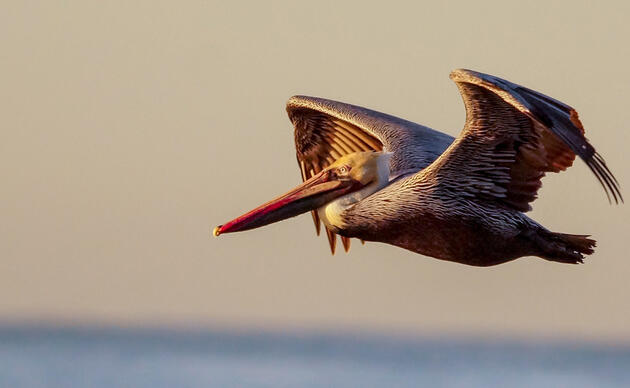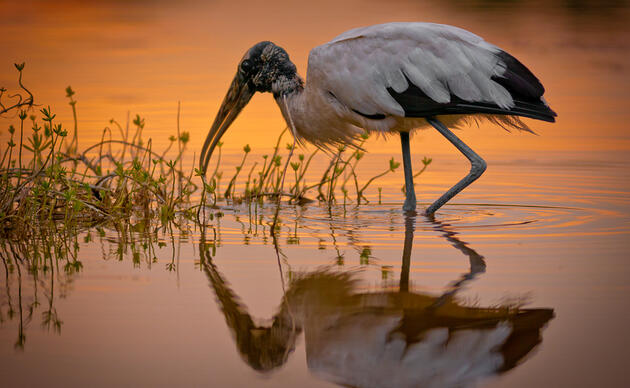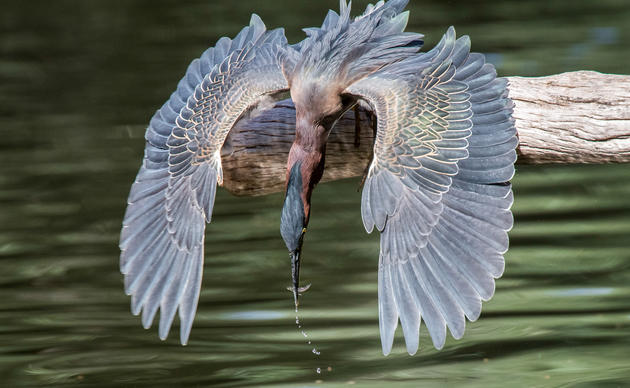The other night, mowing my lawn for the first time this spring, I was instantly transported back to my childhood. “I love that smell,” I later said to my fiancée, and didn’t have to explain; we were two suburban-raised Minnesota kids for whom the scent of freshly cut grass has long confirmed winter’s end. Like many an American teenager, I had a monopoly on mowing my neighborhood’s lawns, coming home most summer days with inch-long clippings clinging to socks and grass-stained shoes. I learned to see the perfect lawn as a lush monochrome carpet of Kentucky bluegrass, trimmed and deep green.
I see the perfect lawn differently now. I still see the wide expanses of green, but I also see the high cost of keeping these nonnative monocultures growing: the wasted water, the overuse of fossil-fuel fertilizers, the threats to human and environmental health, even to the health of our dogs. Most of all, I see untapped opportunity.
Right outside our door, right beneath our feet lies a chance to make dramatic differences in the health of our human and ecological communities — and save a lot of money. Turf grass (meaning mowed) is now the nation’s largest irrigated crop; we grow three times as much turf grass as we do corn, and far more than any other country. Our turf grass lawns — including those of corporate campuses and business parks — total 40 million acres, or 60,000 square miles, the size of Georgia. To care for all this lawn, we spend $40 billion annually, more than we spend in direct foreign aid.
What if, instead of seeing lawns primarily as decorative, the more uniform and manicured the better, we saw them as living ground?
Unpaved ground is bursting with life. A teaspoon of healthy soil holds millions of species, and far more microorganisms than there are people on earth. And this isn’t just the soil found in untrammeled nature, but even beneath our busiest lawns. For example, microbial ecologists using DNA sequencing have found — in New York City’s Central Park — a diversity of soil organisms equal to anything they might have found in a tropical rain forest.
But the chemicals we pump into our lawns kill off the upper level of these microorganisms, which then requires us to use synthetic fertilizer to do their job — some 90 million pounds of fertilizer and more than 75 million pounds of pesticides per year. In doing so we create millions of sterile acres.
Insects, especially, pay the price. By now, many Americans have heard about the plight of honey bees and monarch butterflies, but the destruction of the world’s insect life goes much deeper. By some estimates, over the past 35 years, during which the world’s human population doubled, the population of insects declined by 45 percent.
Human well-being relies on the well-being of earth’s biodiversity, and this biodiversity relies in turn on insects and soil. Worldwide, insects pollinate more than 75 percent of our food crops. In the United States alone, insects provide “ecosystem services” such as pest control and nutrient cycling to ensure plant productivity worth an estimated $4.5 billion annually. Ecologically, insects serve as the foundation of countless food chains, essentially the thread that keeps the fabric of ecosystems intact.
But the typical American lawn, a virtual monoculture made of nonnative turf grass, contributes almost nothing to this equation, and in many cases causes it harm. Perhaps what we should ask ourselves is this: Why do we consider neatly trimmed turf grass the pinnacle of what the ground should be? It’s a vision we were taught; for decades, developers actually provided brochures to new suburban homeowners detailing how to make their lawns look like golf course greens. And it’s a vision we can revise.
Instead, we should imagine a perfect lawn as something more than just monoculture turf. No one is suggesting we do away completely with that old ideal. But imagine, in addition, more organic lawns made of pollinator-friendly grasses peppered with clovers, violets, chamomile and other flowering lawn plants; imagine short green turf replaced in places by a diverse wealth of native plants bringing new colors, scents and blooms. In a world of diminishing biodiversity and rapid climate change, the ground beneath our lawns is capable of so much more than just grass.
Already, organizations in several American cities are rethinking “empty” areas of lawn — those expanses of grass surrounding office parks, businesses, government buildings, even individual residences — that could instead be given greater purpose. Imagine if even a quarter of our nation’s turf grass acreage were transformed into native plants and grasses. It would not only add new beauty to our cities, suburbs and small towns, but also protect and nurture the biodiversity on which our ecosystems — and ultimately, our lives — depend.
The turf grass lawn we think of as normal is simply one vision of what the ground around us could be. Numerous sources exist to help property owners looking to transform their lawns, even if that means simply a small patch in an otherwise unused backyard corner. In a world where the question often arises of what one person can do to resist, contribute or make a difference, here is an answer that begins right outside our door.




